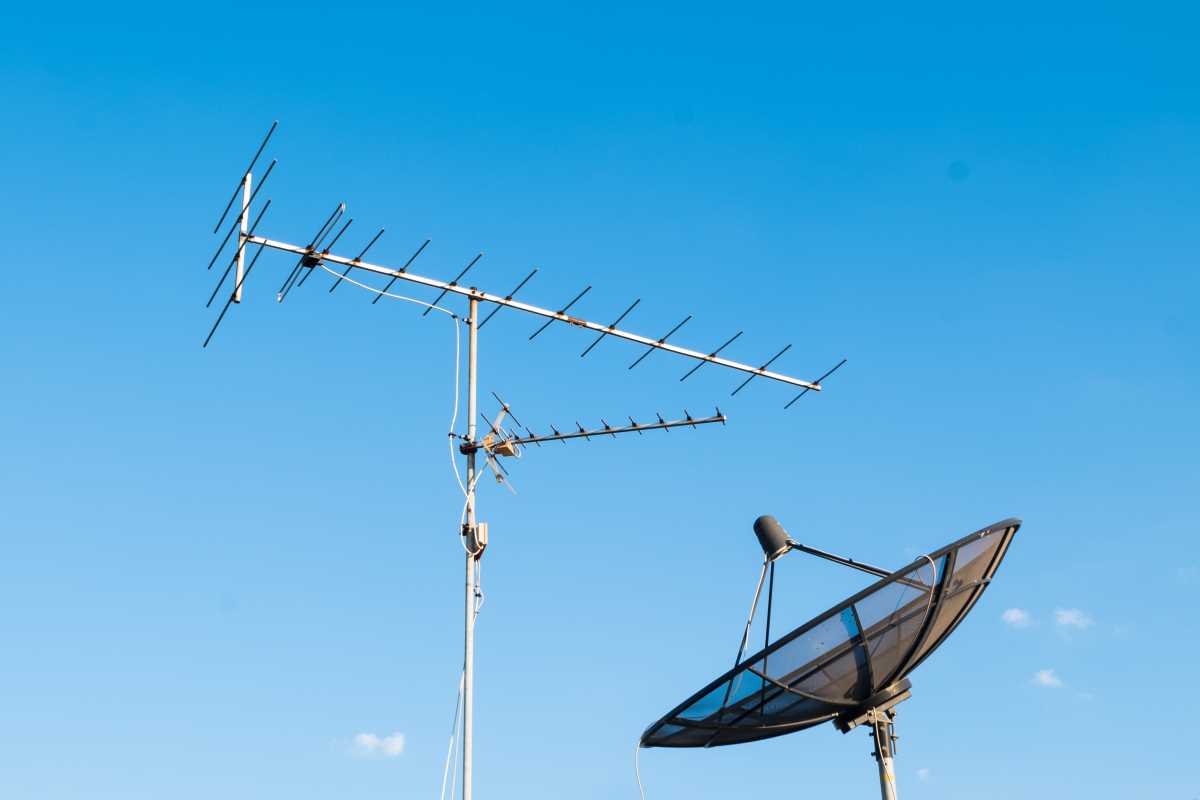Satellite technology is revolutionizing global connectivity, transforming how the world communicates and interacts. Innovations in satellite design, miniaturization, and communication systems enable high-speed internet access, bridge digital divides, and catalyze progress in industries like healthcare, education, and disaster response. With this evolution, satellite technology is redefining the future of global communication and connectivity.
The Evolution of Satellite Technology
Historically, satellites were large, expensive, and primarily used for specific purposes like military operations or weather monitoring. These systems relied on geostationary orbit (GEO) satellites positioned 35,786 kilometers above Earth. While GEO satellites provided wide coverage, they suffered from high latency and high costs, making their services less accessible.
The emergence of low Earth orbit (LEO) satellites has transformed the field. Orbiting 300 to 2,000 kilometers above Earth, LEO satellites offer faster, more reliable communication with reduced latency. Unlike their GEO counterparts, LEO satellites are smaller, cheaper, and can be deployed in constellations—interconnected networks that provide continuous global coverage.
This shift to LEO technology has democratized access to satellite services. Private companies like SpaceX, Amazon (Project Kuiper), and OneWeb are investing in LEO constellations, making satellite internet accessible to underserved areas and sparking rapid innovation across industries.
The Role of Low Earth Orbit (LEO) Satellites
LEO satellites offer several advantages over traditional GEO satellites, making them central to the future of global connectivity:
- Low Latency: LEO satellites significantly reduce signal travel time, making them ideal for real-time applications like telemedicine, online gaming, and video conferencing.
- Affordability: Smaller size and lower production costs enable cost-effective deployment, lowering barriers to entry for private enterprises and start-ups.
- Scalability: LEO constellations are highly scalable, with thousands of satellites capable of working together to provide seamless global coverage.
Projects like SpaceX’s Starlink illustrate the transformative potential of LEO satellites. By deploying thousands of satellites, Starlink delivers high-speed internet to rural and remote areas, helping bridge the connectivity gap. Similarly, OneWeb’s constellation aims to provide low-latency broadband services to underserved regions, demonstrating the commercial and social potential of LEO technology.
Bridging the Digital Divide
A significant achievement of satellite technology lies in its ability to bridge the digital divide, connecting underserved and remote communities. Many areas around the world lack traditional internet infrastructure due to geographic or economic challenges. Satellite technology addresses these barriers with:
- Global Coverage: Satellite networks can reach even the most remote regions, including mountainous terrains, deserts, and isolated islands.
- Quick Deployment: Unlike fiber-optic networks, which require extensive infrastructure, satellite systems can be deployed rapidly, providing immediate connectivity.
- Emergency Response: Satellites enable communication during natural disasters when terrestrial networks are often disrupted. This capability ensures continuity in relief efforts and disaster recovery.
During the COVID-19 pandemic, satellite connectivity proved vital in delivering telemedicine and remote education to underserved areas. By enabling access to healthcare and education, satellite technology empowers communities, promotes economic development, and fosters inclusion in the global digital economy.
Transforming Industries with Satellite Connectivity
Satellite technology is driving innovation across multiple industries, unlocking opportunities that were previously unattainable:
- Internet of Things (IoT): Satellites enable IoT devices to operate in remote areas, supporting applications like agricultural monitoring, wildlife tracking, and infrastructure management. Precision farming, for instance, uses satellite data to optimize crop yields and resource use.
- Telemedicine: Satellite networks facilitate remote healthcare delivery by enabling real-time diagnostics, virtual consultations, and remote surgeries in areas with limited medical infrastructure.
- Autonomous Vehicles and Drones: Reliable satellite connectivity supports the navigation and operation of autonomous systems, enhancing safety and efficiency in remote or challenging environments.
These capabilities are expanding the scope of industries like agriculture, logistics, and transportation, making operations more efficient and sustainable. Energy companies, for instance, use satellite-powered IoT networks to monitor pipelines and offshore rigs, ensuring operational safety and environmental compliance.
Advancing Environmental Monitoring
Satellites play a crucial role in environmental monitoring and climate change mitigation. By providing accurate, real-time data, they help scientists and policymakers better understand and address global environmental challenges:
- Climate Monitoring: Satellites track weather patterns, deforestation, and air quality, offering insights into climate change and its impacts.
- Disaster Management: Satellite imagery aids in assessing the damage caused by natural disasters, guiding response efforts and resource allocation.
- Sustainability: Satellites support conservation efforts by monitoring endangered species, detecting illegal activities like deforestation, and managing natural resources.
The integration of satellite technology with AI and machine learning further enhances these applications. For example, AI-powered analysis of satellite imagery can predict extreme weather events, enabling proactive disaster preparedness.
The Future of Satellite Technology
The future of satellite connectivity is promising, with ongoing advancements set to enhance its capabilities and accessibility:
- Expanding Constellations: Companies like Amazon and OneWeb plan to launch thousands of additional LEO satellites, increasing coverage and improving service quality.
- Smarter Systems: Innovations in AI and automation are creating satellites that can self-adjust or self-repair, optimizing performance and reducing operational costs.
- Interoperability: Collaboration between satellite networks and terrestrial systems is enabling hybrid connectivity solutions, ensuring seamless communication across platforms.
These developments will not only connect more people but also empower industries, governments, and communities to address global challenges effectively. Satellite technology’s ability to transcend geographic and economic barriers positions it as a cornerstone of the next era of global connectivity, enabling a more inclusive, innovative, and connected world.







